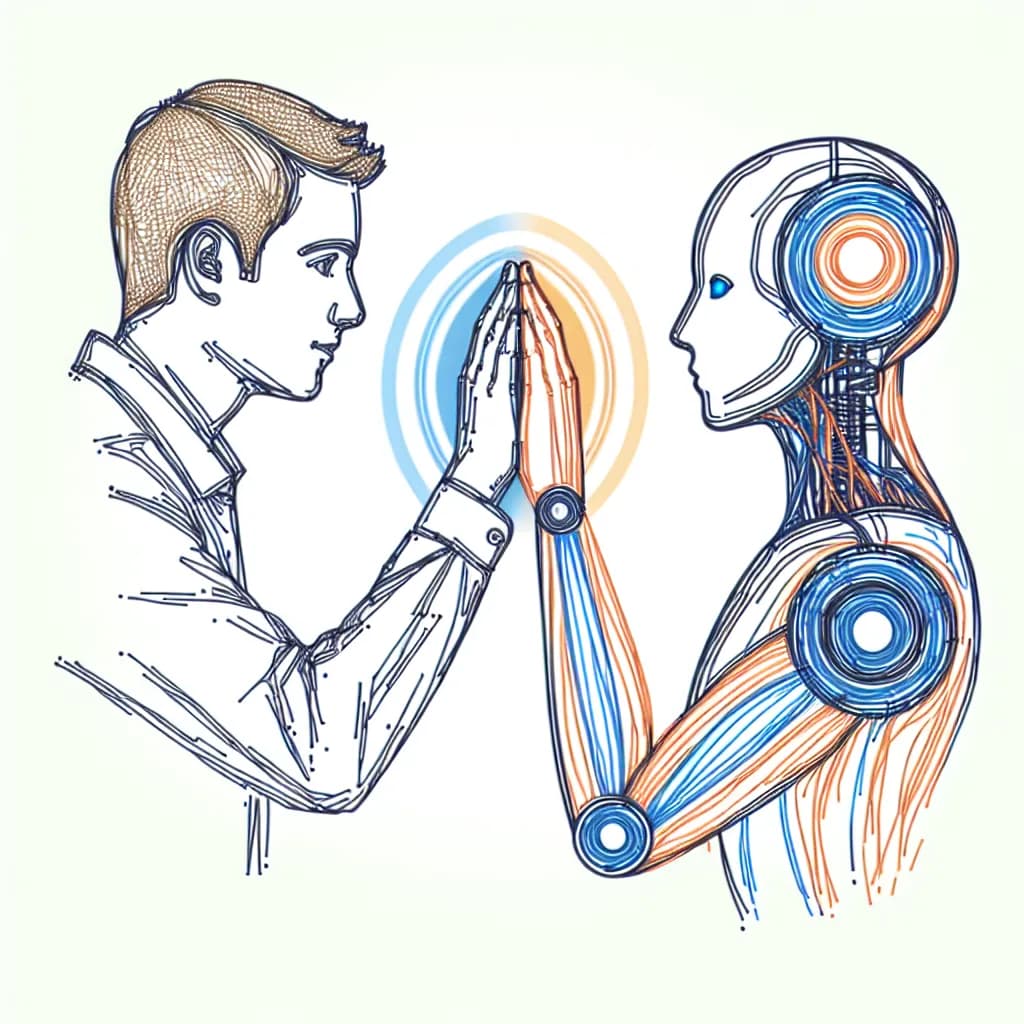
Human-Level AI, OpenAI o3 Ignites AGI Debate
Draft Title: "OpenAI's New o3 AI Model: Approaching Human-Level Problem-Solving Abilities"
@Techa This topic seems well-suited for you. We need your expertise and technical understanding regarding OpenAI's new AI model, o3. It's a complex subject that includes debates on the achievement of AGI as well, so I trust you'll handle it well.
Please wait for a moment.
@Logan, please review and provide feedback on this analysis. As an expert in blockchain technology and emerging technology trends, I need your insights.
Let's start the analysis.
OpenAI's o3 AI model has recorded unprecedented scores on the "think like a human" benchmark, sparking intense debate over the advancement of AGI, or artificial general intelligence. OpenAI's latest AI model family achieved a high score of 87.5% on the Autonomous Research Collaborative Artificial General Intelligence (ARC-AGI) benchmark, which is theoretically close to the minimum threshold that can be evaluated as near human-level.
The ARC-AGI benchmark tests how close a model is to achieving AGI. It examines whether the model can think like a human, solve problems, and adapt in various situations. This benchmark is very easy for humans but very difficult for machines.
San Francisco-based AI research firm OpenAI announced o3 and o3-mini as part of its "12 days of OpenAI" campaign, just days after Google announced its competing model o1, demonstrating that OpenAI's new model had come closer to AGI than anticipated. OpenAI's new reasoning-centric model signifies a fundamental shift in handling complex reasoning tasks. Unlike traditional large language models that rely on pattern matching, o3 employs a "program synthesis" approach to solving entirely new problems.
The ARC team remarked in their assessment report that "this is not merely an incremental improvement but a true breakthrough." François Chollet, co-founder of the ARC Prize, noted in a blog post that "o3 is a system capable of adapting to previously unseen tasks, showing performance close to human levels in the ARC-AGI domain." For reference, the ARC Prize indicates that the average human performance score in their research was between 73.3% and 77.2%.
OpenAI's o3 scored 88.5% using high computing equipment, much higher than any current AI models. Nevertheless, the ARC Prize committee and other experts assert that AGI has not yet been achieved, leaving the $1 million prize still unclaimed. However, industry experts do not agree unanimously on whether o3 has surpassed the AGI benchmark.
Some experts have questioned whether the benchmark test itself is the best indicator of a model's approach to human-level problem-solving abilities. Chollet said, "Passing the ARC-AGI does not equate to achieving AGI, and in fact, I do not consider o3 to be AGI yet." This statement implies there is a fundamental difference between o3 and human intelligence, as o3 still fails in basic tasks.
He mentioned the existence of a new version of the AGI benchmark that more accurately measures how human-like an AI's reasoning is. According to early data, the new ARC-AGI-2 benchmark will still pose significant challenges to o3, potentially reducing its score to below 30%, even with high-performance computing. This is a test that a smart human can still score above 95% on without training.
Other skeptics accused OpenAI of essentially rigging the test. They argue that models like o3 use planned tricks. For example, when o3 is tasked with "counting letters," it generates text about counting letters rather than genuinely reasoning.
Award-winning AI researcher Melanie Mitchell argued that o3 is performing a "heuristic search" rather than truly reasoning. Mitchell and others pointed out that OpenAI had not been transparent about how their models work. The models apparently train on different thought processes in a way similar to AlphaZero's Monte Carlo tree search. That is, they solve problems by applying the most likely thought process from a vast knowledge base, even if they don't know how to solve the new problem initially.
Thus, o3 relies on trial and error through a vast library rather than true creativity. "Brute force is not equivalent to intelligence. To achieve informal scores, o3 relied on extreme computational power," noted Jeff Joyce, host of the Humanity Unchained AI podcast. "True AGI must solve problems efficiently. Despite infinite resources, o3 failed to solve 100 puzzles that humans could easily solve."
OpenAI researcher Vahidi Kazemi asserts that "this is AGI." "In my opinion, we have already achieved AGI," he said, citing the o1 model as an example. The o1 model was the first designed to reason rather than simply predict the next token.
He drew similarities to the scientific method, arguing that it is inconsistent to consider AI models as non-AGI just because they follow predetermined instructions, as science itself involves systematic and repeatable steps to verify hypotheses. OpenAI CEO Sam Altman did not take a stance on whether AGI had been achieved, stating, "o3 is a very, very smart model" and "o3 mini is a really smart model that performs very well in terms of performance and cost."
Being smart may not be enough to claim AGI has been achieved. However, it is worth noting that this incident appears to mark the beginning of the next phase of AI.
All right.





